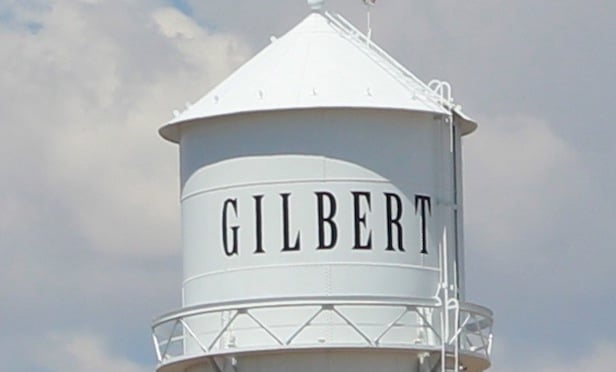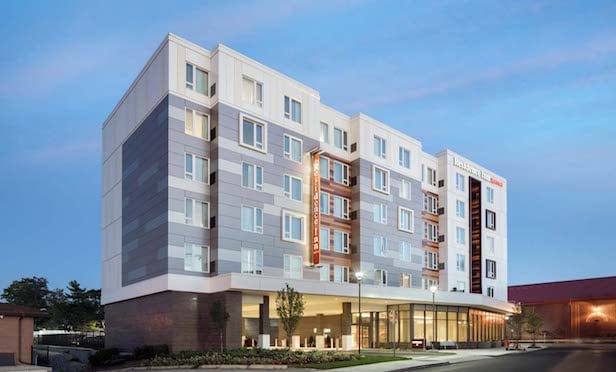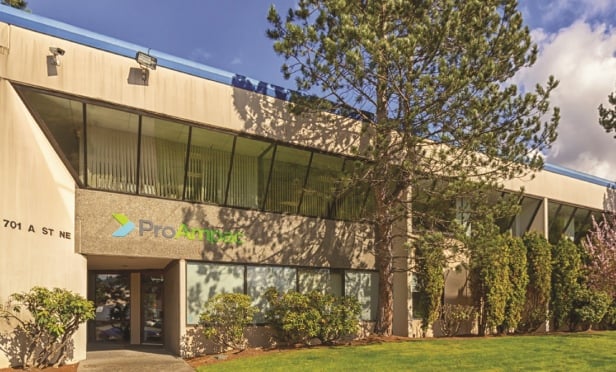CHICAGO—Everyone involved in the multifamily sector seems to be talking about millennials and how to make investments that will take advantage of the growing demand from this demographic group. And while many seek to buy massive developments or towers, the Laramar Group is adding to its portfolio by picking up smallish buildings in rising neighborhoods throughout the US.
In July, for example, the Chicago-based firm acquired ten multifamily buildings in three of the country's top markets, adding nearly 300 new units to the firms existing 30,000-unit portfolio. The recent acquisitions include 2404-12 W. Cortland, a 17-unit property in Chicago's Bucktown neighborhood.
“It fits into our urban neighborhood strategy of acquiring and aggregating properties with 10 to 75 units,” Bennet Neuman, senior vice president for Laramar, tells GlobeSt.com. “Bucktown is certainly one of the neighborhoods we really like. It's part of a national trend of areas that attract millennials that have an interest in urban living. Ten years ago this property would have been considered too far west.”
The company's newest Chicago acquisition sits just several blocks from the 606, the park which debuted this summer and attracts thousands of bikers, runners, hikers and others every week. “The 606 trail certainly enhances Bucktown, but it's really just accelerating trends that were already underway. The proximity of the El has had a bigger impact,” as transit-oriented developments are the ones most prized by affluent millennials.
Other recent purchases by Laramar include: 1444 Saint Paul St., a 12-unit building in Denver's Congress Park; a total of eight different properties in Los Angeles ranging from 16 to 54 units, including a diversification of the portfolio with the Towers on Western, Laramar's first mixed-use building in the market and West 29th St., the firm's first asset in the neighborhood adjacent to University of Southern California.
In the past two years, Laramar's urban, infill building portfolio has grown to more than 88 multifamily buildings. The firm identifies value-add investments in established neighborhoods, near core job centers and entertainment districts, and develops a capital improvement strategy for each property.
“We're focused on the top 20 metro areas in the country,” Neuman says, but consider San Francisco, Los Angeles, Chicago and Denver the best of the best. Denver, for example, “has become a Mecca for millennials, mostly by virtue of its lifestyle amenities,” especially the opportunities for outdoor sports. “It's a place that millennials move to first and look for a job later.”
“Chicago is our backyard,” he adds, and one of the factors that makes it so attractive to investors is that “the supply of new apartments has not met the demand. There are a lot of construction cranes over the downtown,” but out in the desirable neighborhoods like Bucktown, land for new development is still difficult to come by. The firm's 30 properties are mostly in Bucktown, Lakeview, Lincoln Park and Wicker Park, although it is also interested in Andersonville, Edgewater and the South Loop.
“We continue to be selective about what we buy and we're prudent on how we go about it.”
© Touchpoint Markets, All Rights Reserved. Request academic re-use from www.copyright.com. All other uses, submit a request to [email protected]. For more inforrmation visit Asset & Logo Licensing.







